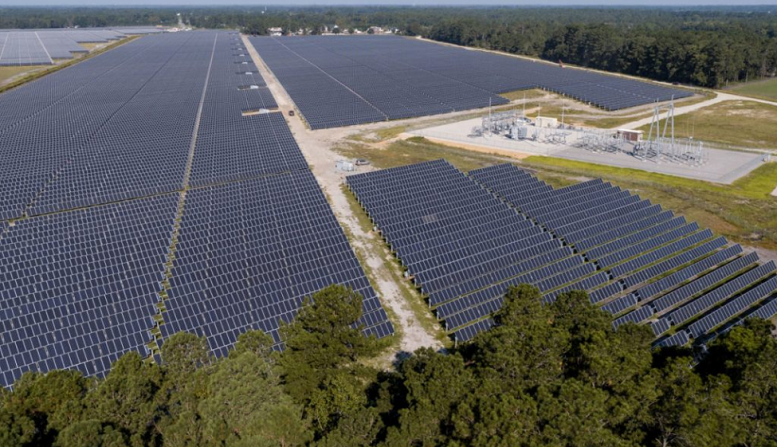In a recent report, Tesla (NASDAQ:TSLA) announced a 27% surge in electric vehicle deliveries during the third quarter of this year compared to the same period in the previous year. The Austin-based automaker managed to sell 435,059 vehicles during this time frame, demonstrating a healthy demand for their electric offerings. However, these figures fell short of the estimates put forth by analysts, mainly due to a combination of price reductions and scheduled factory upgrades.
Analysts, relying on data from FactSet Research, had anticipated Tesla would achieve sales of approximately 461,000 vehicles for the quarter. This lower-than-expected performance has raised eyebrows in the financial community.
Tesla’s sales during this period were predominantly driven by its Model 3 and Model Y vehicles, which have seen their appeal bolstered by price reductions. These price cuts, while attracting buyers, have also impacted the company’s profit margins. Additionally, the third-quarter numbers represent a slight step back from Tesla’s second-quarter delivery record of 466,140 vehicles.
Tesla attributed the decline in sequential sales to planned factory downtime aimed at upgrading its production facilities.
The company’s production figures for the quarter came in at 430,488 vehicles, slightly below the number of deliveries made.
To achieve CEO Elon Musk’s ambitious goal of annual sales growth of 50%, Tesla will need a strong finish to the year. This translates to selling nearly 2 million vehicles in 2023. As of the end of the third quarter, Tesla had delivered just over 1.3 million vehicles. Analysts are projecting that the company will end the year with sales of 1.84 million vehicles.
Throughout the year, Tesla has consistently reduced prices to remain competitive in the electric vehicle market. These discounts have ranged from $4,400 on its most popular models to as much as $20,000 on its high-end offerings.
The impact of these price reductions on Tesla’s profit margins will be revealed when the company releases its third-quarter earnings report on October 18.
Following the news, Tesla’s stock saw a 2.5% drop after the market opening. It’s worth noting that despite profit margin pressures, Tesla’s stock price has nearly doubled in value this year. Some of this boost is attributed to a deal allowing competitors such as General Motors and Ford to join Tesla’s charging network.
Furthermore, Tesla stands to indirectly benefit from a labor strike affecting traditional automakers. A strike that began last month continues to halt production at factories operated by GM, Ford, and Stellantis. The United Auto Workers union is demanding substantial wage increases, which could lead to higher vehicle prices for these companies—a challenge Tesla doesn’t currently face with its non-unionized workforce.
Additionally, the UAW is pushing for higher wages and union representation at battery manufacturing facilities, a move resisted by U.S. automakers who see it as essential to remain competitive with Tesla and foreign electric vehicle manufacturers.
Featured image: Megapixl @ Photomall









